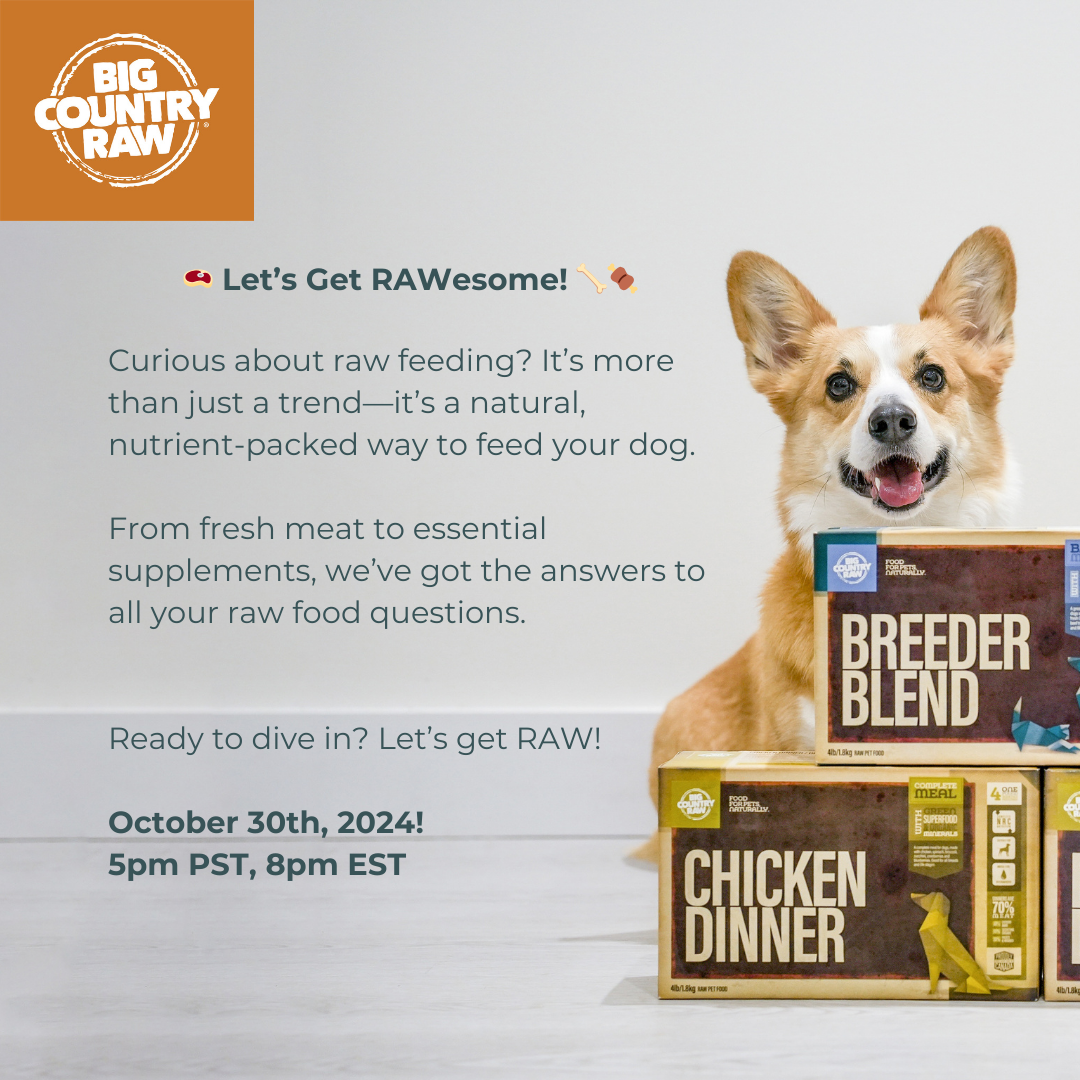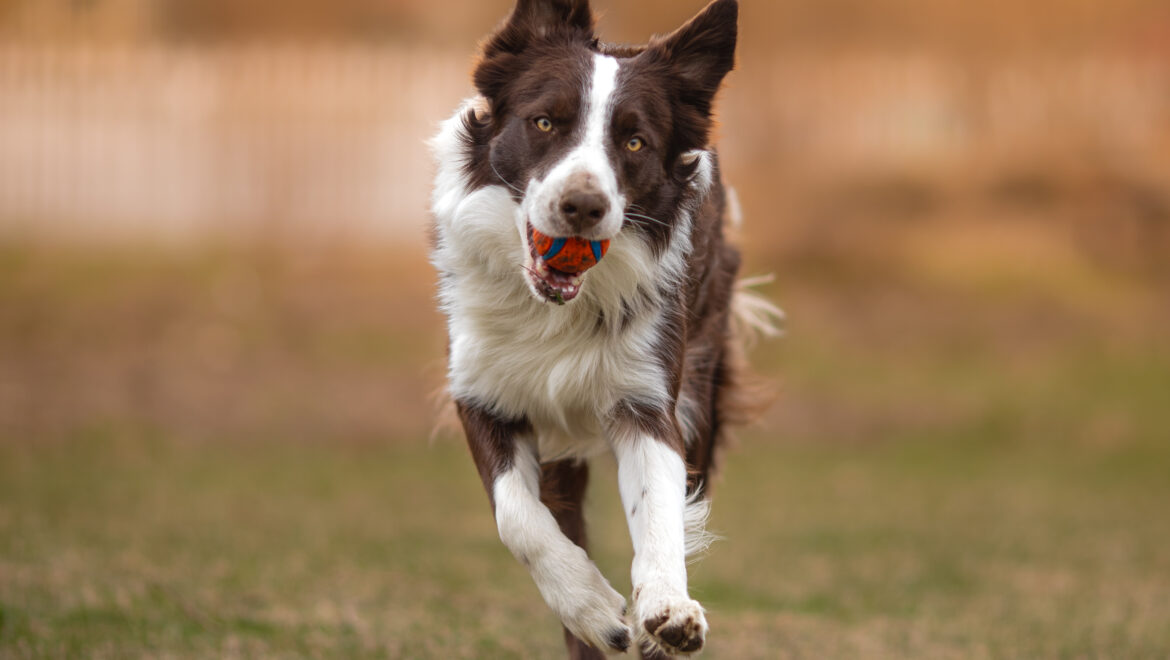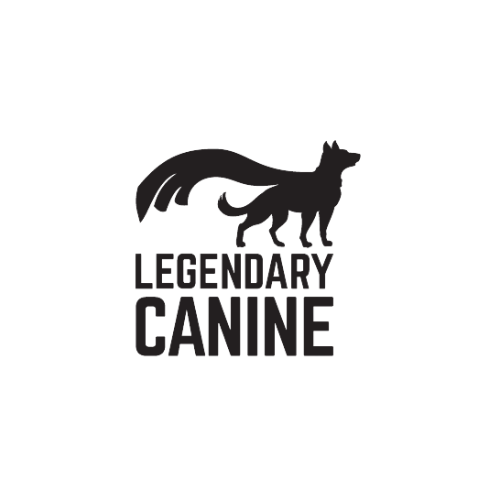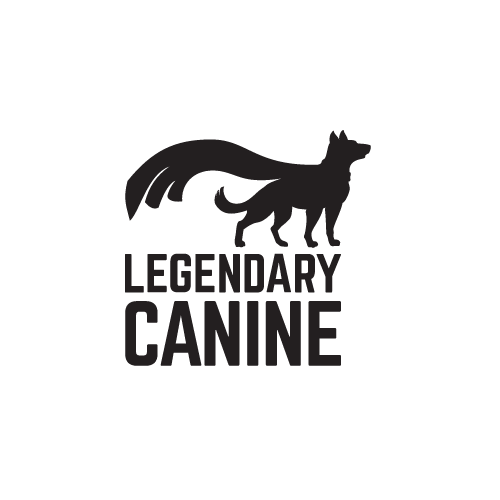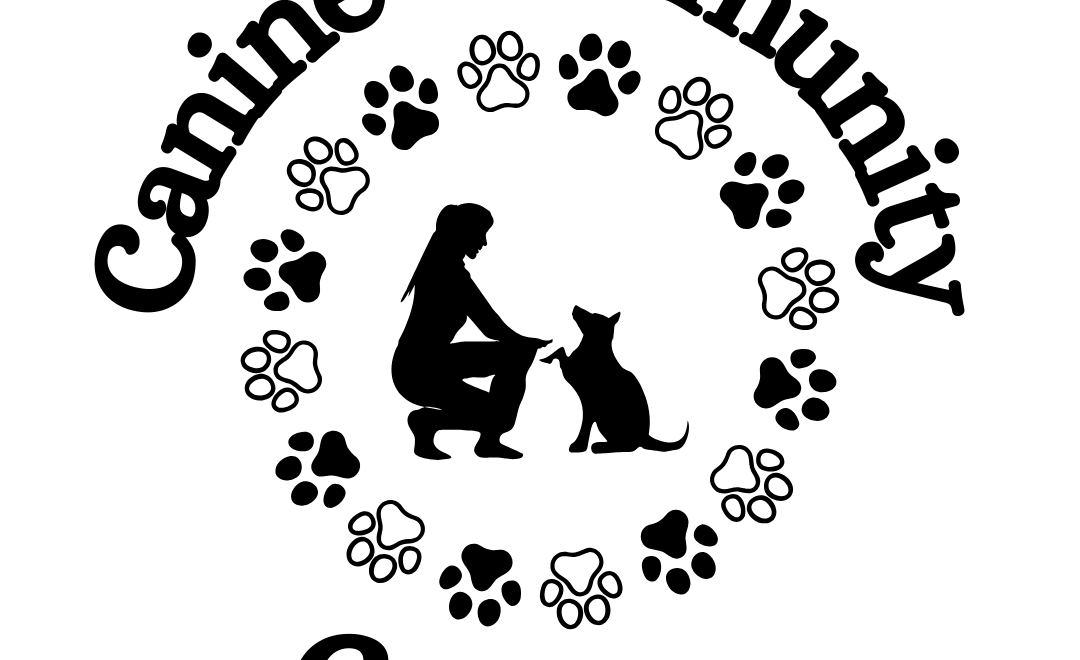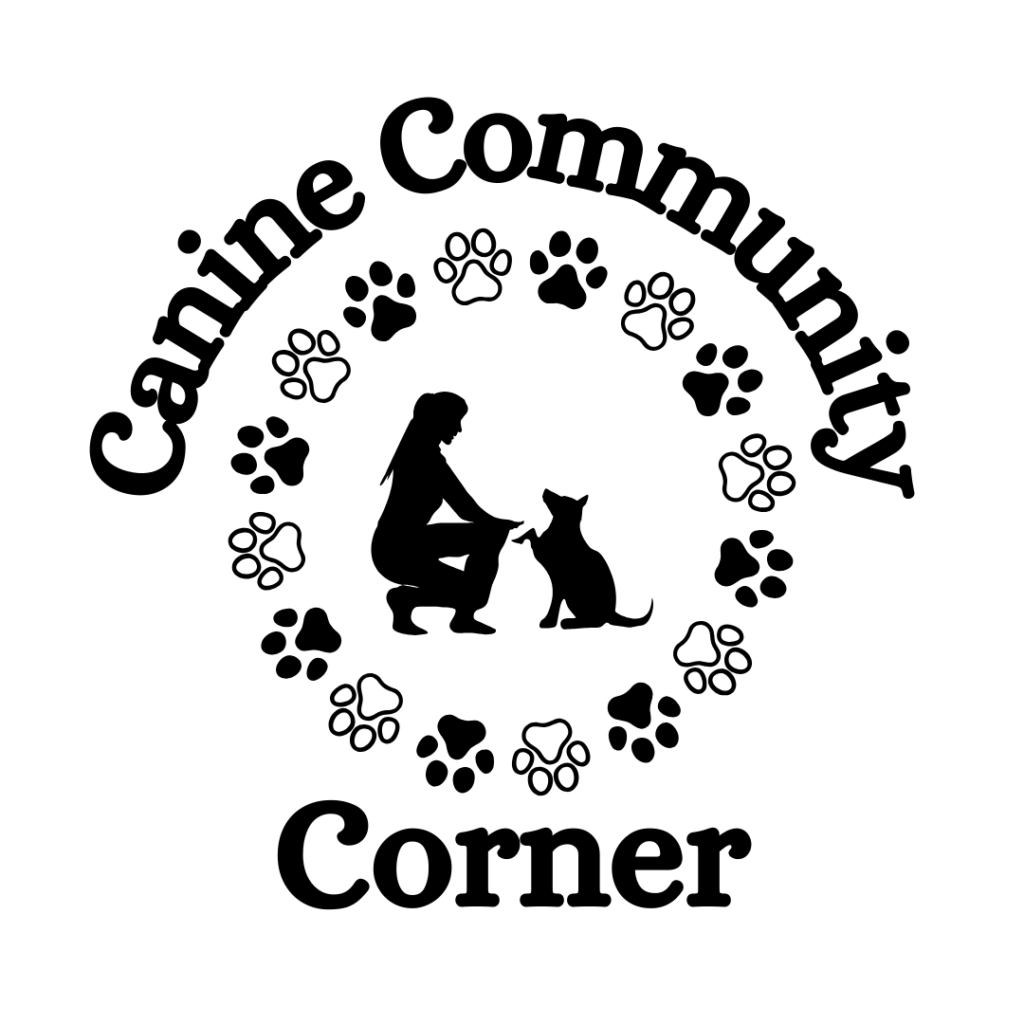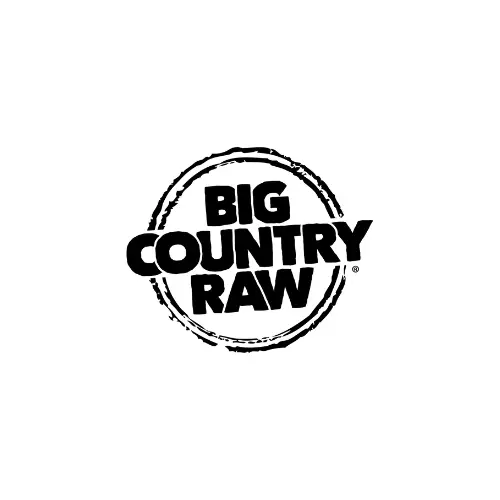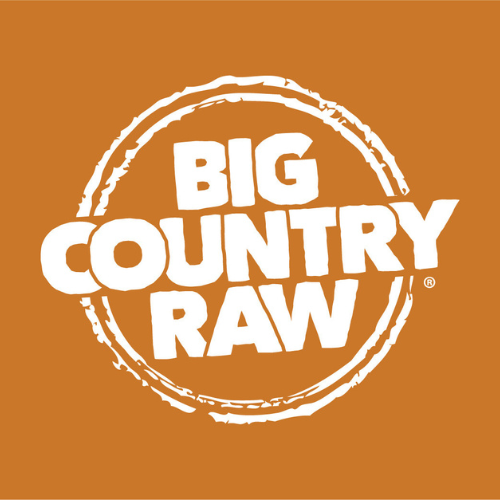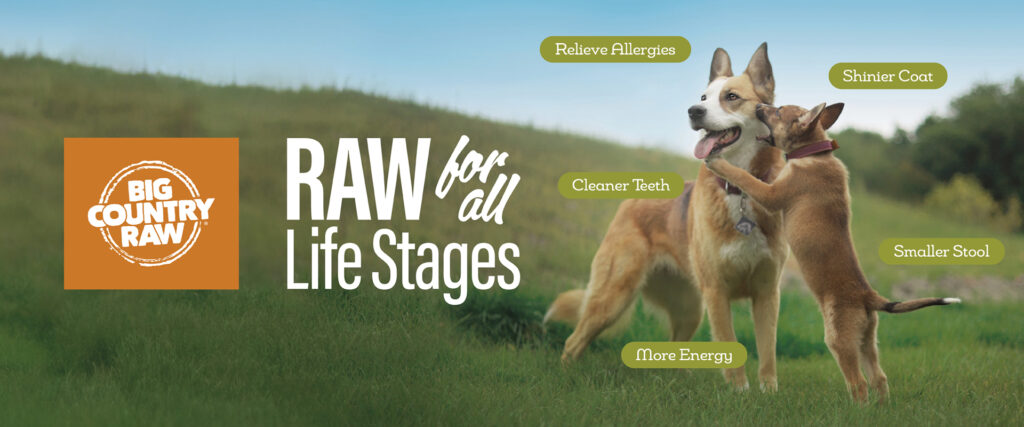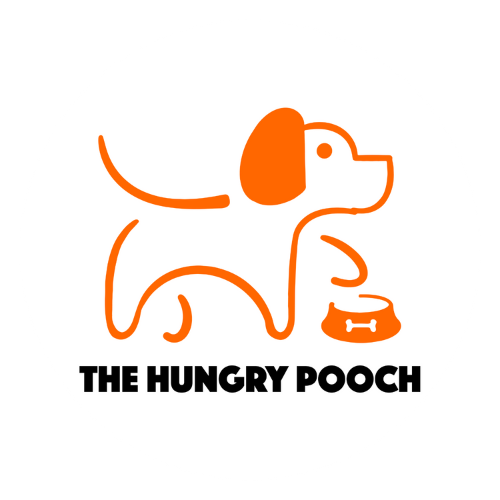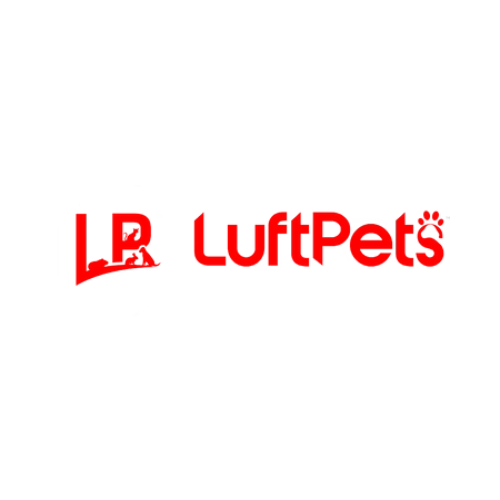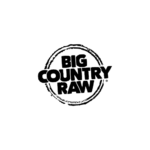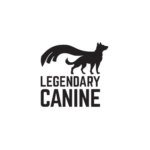Why You Should Never Buy a Puppy from Kijiji or Craigslist
Why You Should Never Buy a Puppy from Kijiji or Craigslist
If you’re searching online for “puppies for sale”, “adorable puppies near me”, or “cheap puppies Kijiji”, STOP right there. While Kijiji and Craigslist may look like easy ways to find your next furry friend, the truth is far more dangerous — and heartbreaking — than most dog lovers realize.
Kijiji and Craigslist are NOT safe, ethical, or reliable places to buy a puppy. In fact, they are breeding grounds (literally) for puppy mills, backyard breeders, and pet scams. Here’s why choosing a puppy from Kijiji might be the biggest mistake you make as a future dog owner.
1. Kijiji Is a Playground for Puppy Mills and Backyard Breeders
When you type search terms like “puppies for sale Kijiji” or “puppy Craigslist Toronto”, you’re often looking at listings from mass-breeders who care more about profit than puppy welfare.
- No health testing
- No verified lineage
- No responsible socialization
- No post-purchase support
These unethical sellers often raise dogs in dirty, overcrowded conditions. The result? Unhealthy puppies, traumatized parents, and massive vet bills for unsuspecting families.
2. No Regulation. No Accountability. Zero Protection.
Unlike certified breeder programs, Kijiji and Craigslist offer ZERO oversight. Anyone can list a litter — no licenses, no inspections, and no way to trace the origin of the puppy.
Even if the post says things like “family-raised” or “vet checked,” there’s no way to verify the truth. You’re taking a big risk — and you’re doing it blindly.
3. Scams Are Everywhere on Kijiji and Craigslist
Puppy scams are one of the most common frauds reported across Canada on Kijiji and Craigslist.
“Buyer finds a cute puppy for $400. They message the seller. The seller asks for a deposit via e-transfer. The buyer pays. The ‘seller’ disappears. The puppy never existed.”
This happens every single day. Kijiji doesn’t screen sellers. Craigslist doesn’t vet the listings. Once you send money, you have no recourse.
4. Beware of “Cheap Puppies” – They Come at a High Cost
That $300 French Bulldog or $500 Golden Retriever should make you pause.
Ethical breeders do not sell cheap puppies. They invest in:
- Health testing and DNA screening
- Proper nutrition and socialization
- Veterinary care and vaccines
If you’re looking for a “cheap puppy,” you’re likely buying into a lifetime of health problems, emotional trauma, and vet bills.
5. You May Be Supporting Animal Cruelty
Every time someone types “puppies for sale on Kijiji,” they risk supporting a cruel and hidden industry. Puppies are often:
- Taken from their mothers too early
- Raised in unsanitary, high-stress environments
- Sold without vaccines or health checks
- Returned to shelters when things go wrong
Buying from an unverified seller helps continue this cycle. Don’t fund cruelty. Don’t support puppy mills.
So Where Should You Get a Puppy?
If you’re truly ready to welcome a dog into your life, skip the sketchy search terms like:
- cheap puppies Kijiji
- puppies under $500 near me
- Craigslist dogs for sale Toronto
Instead, choose responsible breeders through trusted organizations like the Paw Privileges Program and the Responsible Breeders of Canada.
These breeders:
- Health test their dogs
- Provide transparent lineage
- Raise puppies with care, love, and socialization
- Send them home with food, vet records, and lifetime support
Say No to Kijiji. Say Yes to a Healthy, Happy Puppy.
Choosing a puppy should be one of the most joyful moments of your life. Don’t let it be ruined by a scam, a sick animal, or the heartbreak of unknowingly supporting cruelty.
Say no to Kijiji. Say no to Craigslist.
Say yes to ethics. Say yes to verified breeders. Say yes to a puppy that came from a place of love.
💡 Ready to connect with verified Canadian breeders you can trust?
Visit Responsible Breeders of Canada and discover ethical breeders, healthy puppies, and support from day one.

